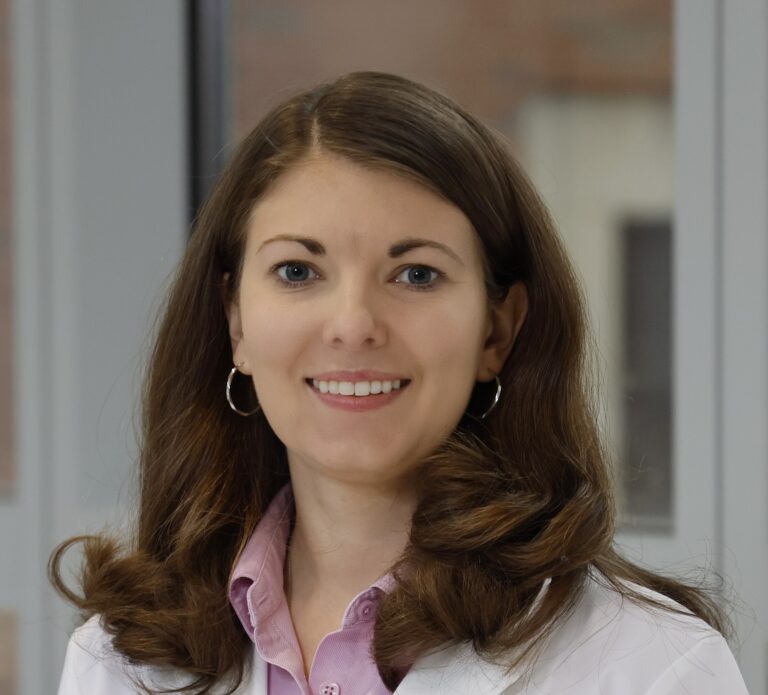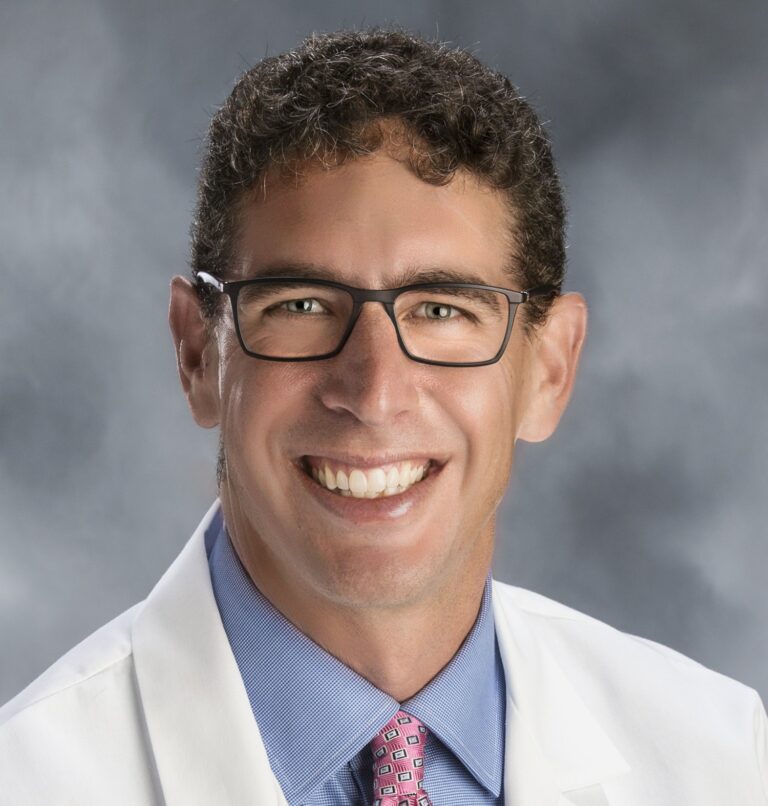Focus on MP: What Constitutes “Walking-Around Knowledge” for Medical Physics OLA Questions?
By Matthew B. Podgorsak, PhD, Kalpana M. Kanal, PhD, and Robert A. Pooley, PhD, ABR Trustees; and Geoffrey S. Ibbott, PhD, ABR Associate Executive Director for Medical Physics
April 2022;15(2):7

Most ABR diplomates participate in the Continuing Certification (MOC) program. Continuing Certification was adopted by the ABR in 2012 in compliance with the Continuing Certification program developed by the American Board of Medical Specialties.
One of the four components of Continuing Certification is Part 3: Assessment of Knowledge, Judgment, and Skills, which is met by most participants through Online Longitudinal Assessment (OLA). As of this writing, approximately 3,700 medical physicists are actively answering questions, which constitutes 98.8% of those enrolled in Continuing Certification. (Diplomates who opt out of OLA must pass a traditional exam every five years to maintain their certification.) More than 320 new diplomates (those who became certified after the oral exam last August) joined the program in January 2022.
OLA questions are intended to evaluate the participant’s “walking-around knowledge.” By this we mean that a medical physicist whose practice includes the clinical area addressed by the question will answer the question correctly most of the time without having to consult external references. Questions generally assume knowledge of common equations and constants but will provide values that would usually be looked up.
The trustees are often asked why OLA cannot be more “granular”; that is, why it can’t be tailored to one’s own practice. We explain below and in an AAPM Newsletter article that clinical medical physicists are expected to be conversant in topics that may be outside their daily practice, but that constitute common imaging or radiation therapy practice. We also explain below that the OLA passing standard is established by medical physics participants who agree to be question raters. For OLA to perform optimally, it’s necessary for a sufficient number of participants to rate each question. If practice areas were to become defined too narrowly, insufficient numbers of question raters might be available to rate the questions, making it difficult to establish a reliable passing standard.
Of OLA participants, 48% are “question raters”: after answering an OLA question, these participants are asked whether they believe a minimally qualified participant who is trained and clinically active in the area would answer the question correctly. This question contributes to the OLA passing standard, which is the average of ratings given by question raters.
The question raters, therefore, are determining the passing standard for OLA. As part of our ongoing quality assurance program, questions not achieving acceptable psychometric metrics are reviewed to determine if the question is overly simplistic or if it truly does not represent “walking around knowledge.” Any participant can sign up to be a question rater on their OLA dashboard.
A feature of walking-around knowledge is that the questions cover topics that may not be in a participant’s direct area of expertise but are issues with which they can reasonably be expected to be familiar. For example, a physicist who works in a photon treatment clinic could reasonably be expected to answer basic questions about proton therapy. Many therapy physicists have been asked by a patient, or by a radiation oncologist, perhaps in front of a patient, whether proton therapy (or another modality) might be an option for that patient. Knowledge about the key characteristics of proton therapy would be valuable if the physicist is to be seen as a knowledgeable expert. Such key characteristics might include the RBE customarily used for proton planning, the meaning of a spread-out Bragg peak and how it is achieved, the rapid decrease in dose at the end of the beam range, etc. Similarly, all therapy medical physicists could reasonably be expected to know the fundamentals of brachytherapy including the radionuclides commonly used, the clinical conditions for which brachytherapy might be an alternative, and common prescriptions.
A topic that has received a great deal of interest recently is MedPhys 3.0, an initiative from AAPM that has at its core the premise that “medical physicists have a unique calling and expertise to be scientific agents of precision and innovation in the development and practice of medicine. MP3.0 aims to foster a culture within medical physics of seizing such opportunities, engaging proactively and meaningfully in patient care, and growing and building upon the unique skills of medical physicists.” In addition, “MP3.0 currently has a number of projects underway including the production of a video series designed to express the value of medical physics to patients, administrators, and physicians, educational offerings at the upcoming AAPM and RSNA meetings, a webpage with examples of MP3.0 in practice, and white papers to delineate how physicists can enact, express, and enhance the full value of physics toward human health.” These initiatives clearly speak to the importance of the medical physicist in the clinical environment as a resource and a well of information so as to support other clinical professionals, for the benefit of our patients.
Some examples of walking-around knowledge for diagnostic medical physics include:
- Understanding of basic parameters such as kVp, HVL, etc. for different imaging modalities.
- Familiarity with important imaging principles and dose estimates for common exams as well as radiation safety and risk estimates for different imaging modalities.
For nuclear medical physics:
- Knowledge of the important characteristics of radionuclides commonly used for nuclear imaging.
- Methods of image production for SPECT and PET, as well as basic scintillation camera imaging.
For therapeutic medical physics:
- Tolerance doses for important sensitive structures.
- Important features of novel treatment modalities such as proton therapy, brachytherapy, stereotactic radiosurgery and body radiotherapy, Gammaknife, Cyberknife, etc.
- Radiation protection parameters such as maximum permissible dose for radiation workers.
Evidence that OLA contributes to learning is found in a review of participants’ responses to variant questions. Overall, medical physicist participants answer OLA questions correctly about 80% of the time. Except for participants in nuclear medical physics, a participant who answers a question incorrectly will receive a similar question on that topic a couple of weeks later. Participants understand that they will have time to review the topic and read the reference(s) cited by the rationale for the original question. The program metrics indicate that participants answer the variant questions correctly approximately 75% of the time, demonstrating that most participants used the intervening time to learn more about the topic.






